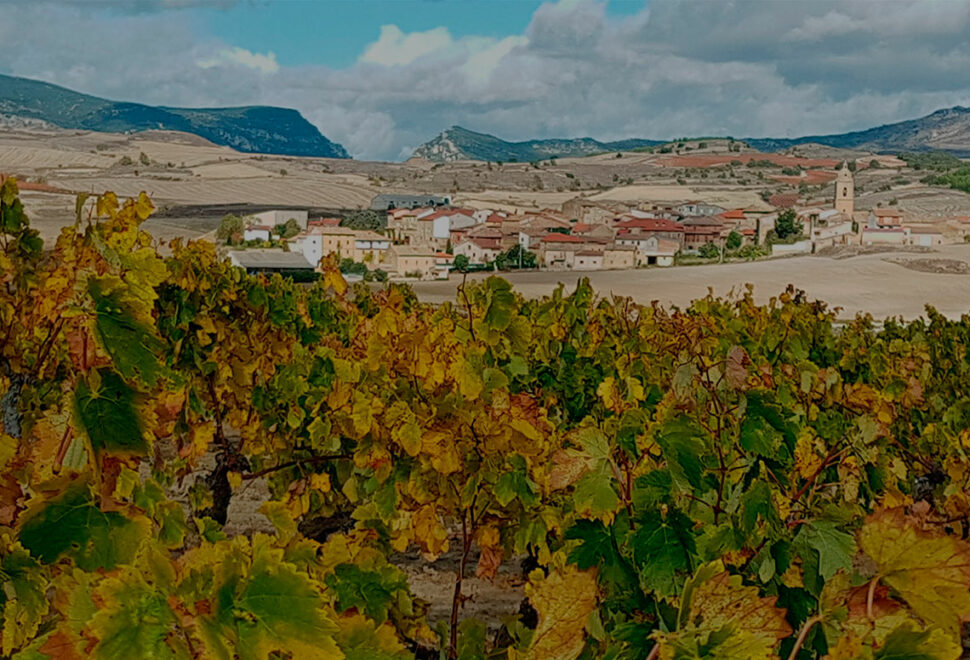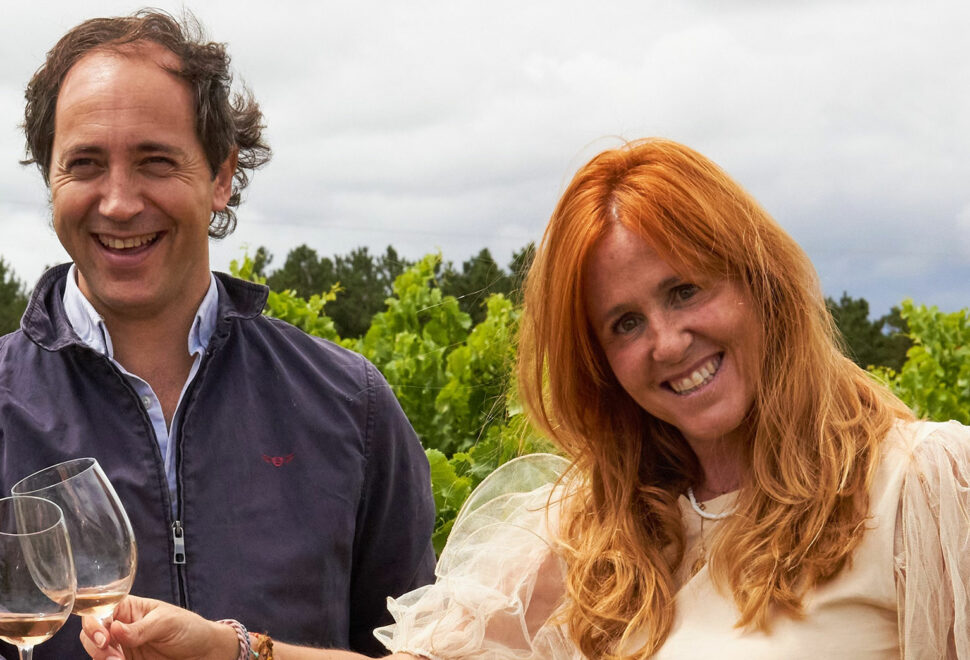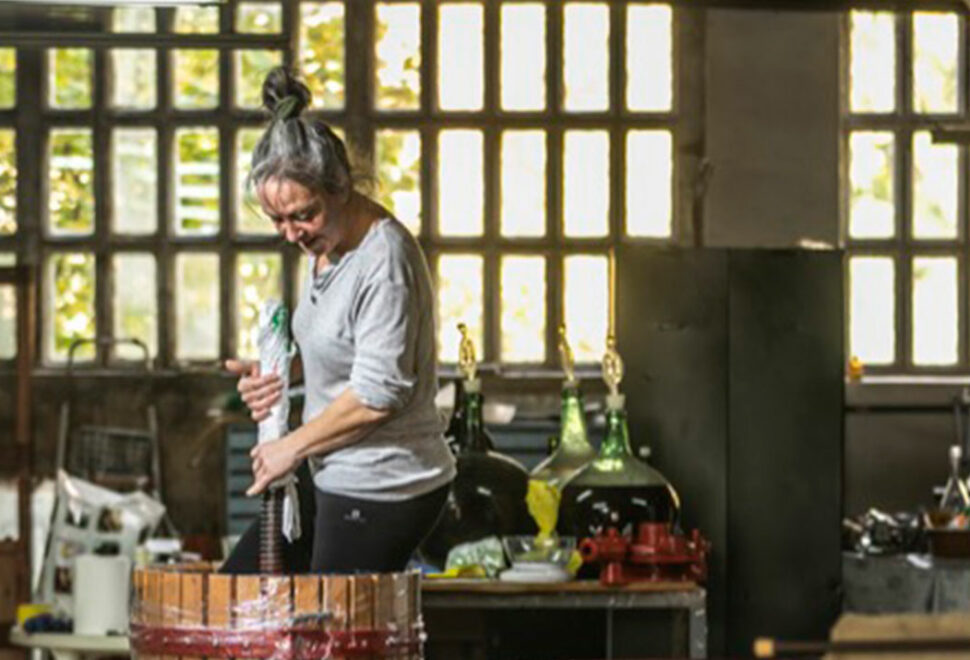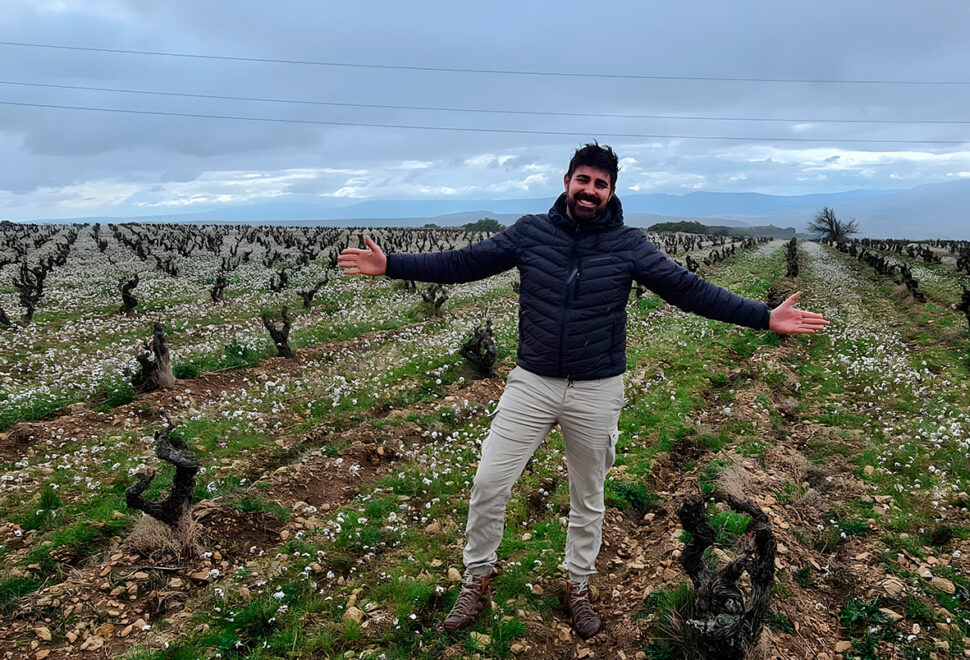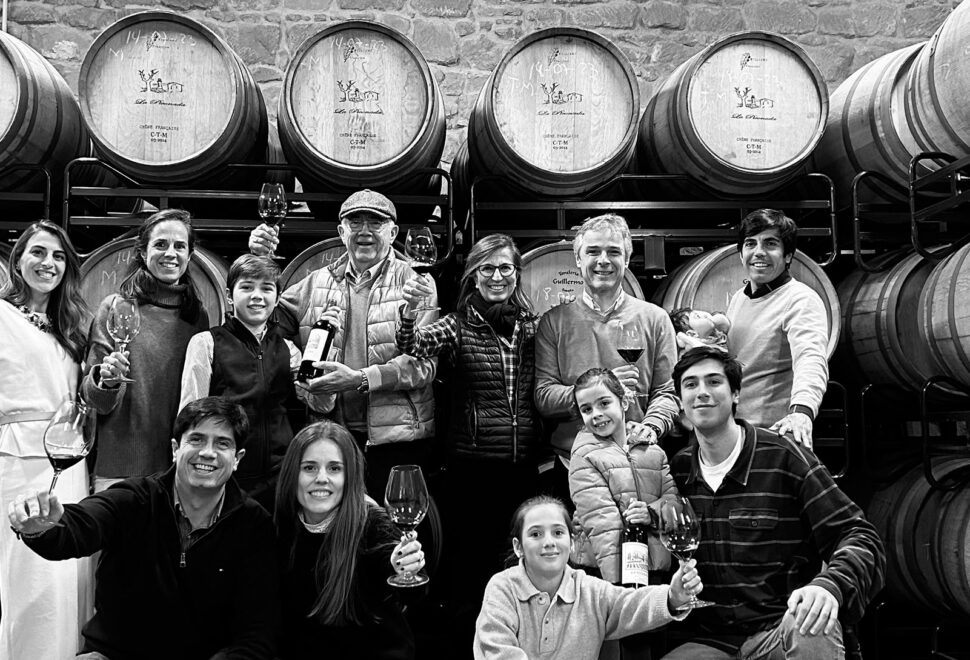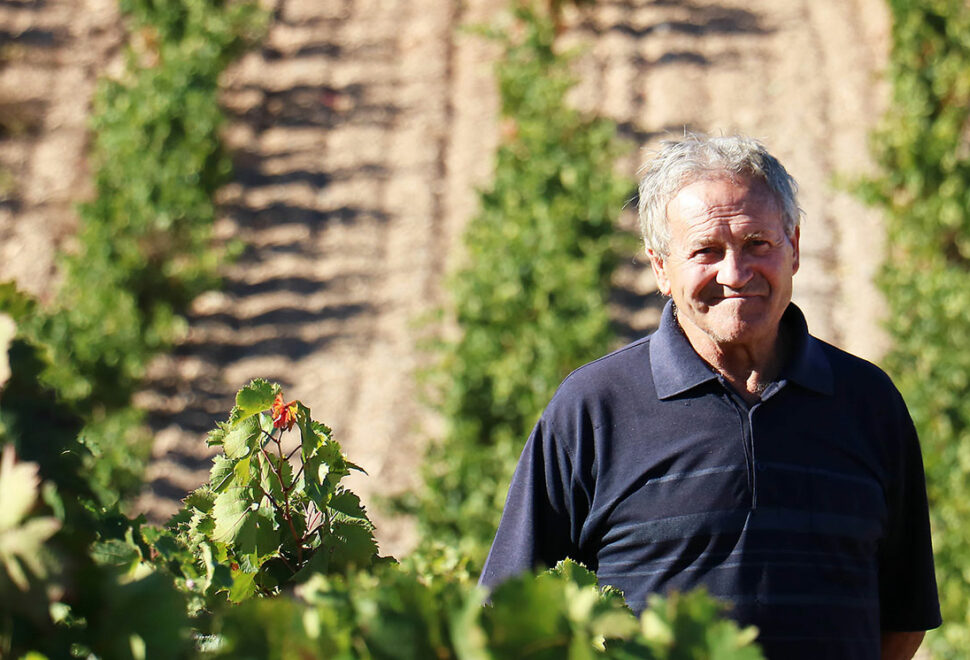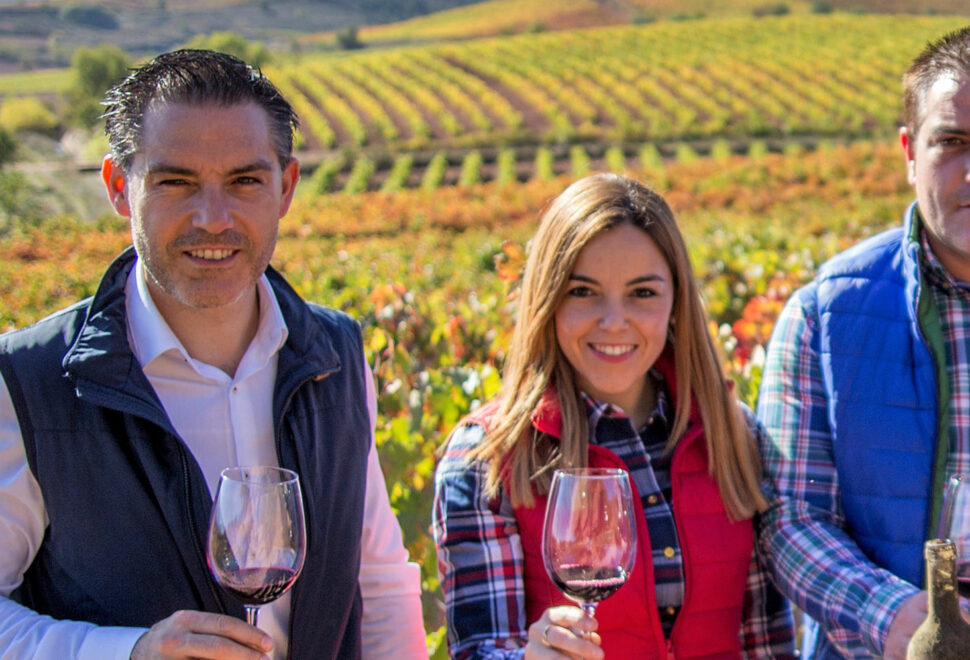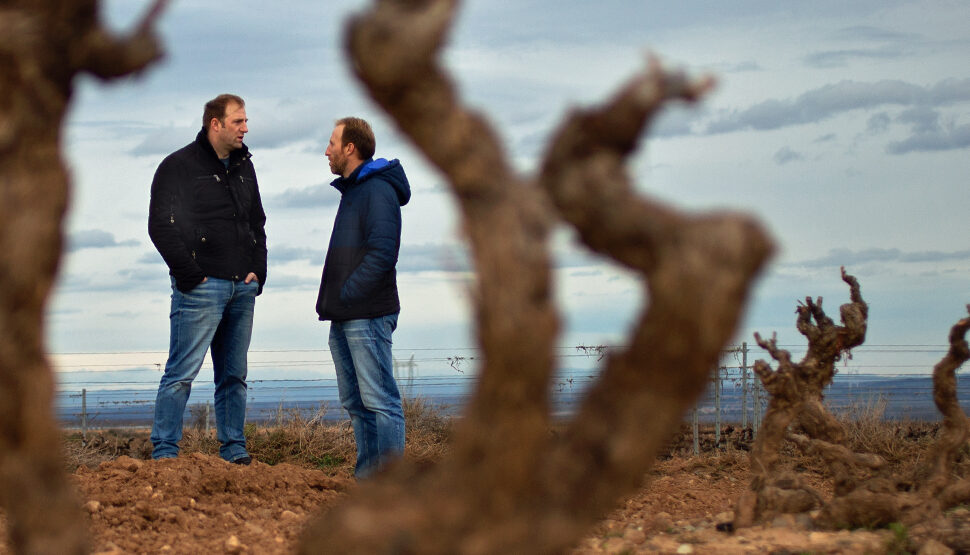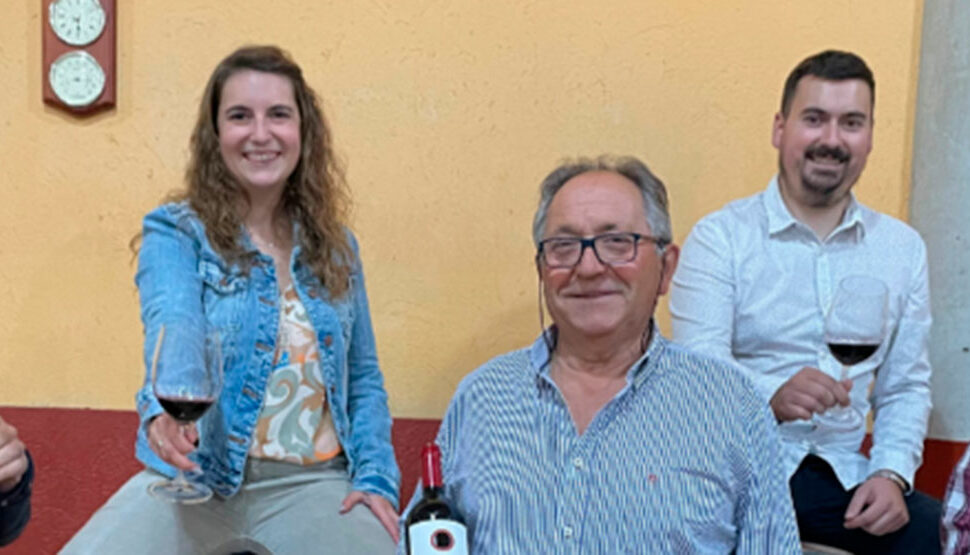13 August, 2025
13 August, 2025
This beautiful winegrowing estate, located in Los Molinos de Ocón, is the largest reservoir of old Garnacha vines in Rioja, with nearly 90 hectares. It is here that Clara Herrero and David Inchaurraga source the grapes for their wines Conversa and Cuesta La Estrella (a singular vineyard). Open to wine tourism, the estate is a spectacular landscape defined by its altitude, ranging from 550 to almost 800 meters, and by its stony, very poor soils that impart a distinctive finesse to the wines.
12 August, 2025
With 16 hectares of their own vineyards, Bodegas Fernández Eguíluz (Ábalos) embodies the profile of a traditional cosechero winery from the Sonsierra. Now run by siblings Carmelo and Pilar, Fernández Eguíluz began producing under its own label in the late 1980s. In addition to their flagship wine, Peña La Rosa (carbonic maceration), they produce entirely artisanal single-plot microvinifications. Fernández Eguíluz also works in wine tourism, offering concert programs and tastings throughout much of the year.
7 August, 2025
6 August, 2025
Anguciana is a historic village in Rioja Alta, known as the birthplace of the region’s classic, age-worthy fine wines. The Diez del Corral family, whose winemaking roots in this small town date back to 1880, has revitalized a 19th-century pavilion by building a new winery. Their wines, released under the La Piconada label, are distinguished by the area’s signature finesse and by Maturana Tinta—a rare grape variety they embraced in 2015 with the planting of a vineyard that now lends its name to their flagship wine. They cultivate this variety both as a single varietal and as a unique complement to the Tempranillo used in their barrel-aged blends.
6 August, 2025
Mountain vineyards. That’s what defines this winery located in Rincón de Olivedo, a privileged enclave at the foot of the Alcarama mountain range, in the southeasternmost part of Rioja. Alcarama is a territory recognized as a Biosphere Reserve, where the Forcada family takes advantage of optimal conditions for the ripening of their vineyards. David Forcada, the fourth generation who built the current winemaking facilities, works with 65 hectares of estate-owned vineyards, including some spectacular Garnacha vines—some over a hundred years old—at an average altitude of 700 meters.
25 July, 2025
Juan Luis, Maite, and Diego are the three siblings who run the Quiroga de Pablo winery, located in Azofra — the only one in the town, with a strong focus on international exports. As sixth-generation winegrowers, they knew from the outset that their strategy needed to target global markets. Abuelo Cayo Colección Familiar is their latest range of wines — a tribute to their ancestors that puts the spotlight on the vineyards, with oak playing a secondary role. They cultivate 30 hectares of estate-owned vineyards in the Najerilla region.
14 July, 2025
This is a small, family-run project from a grape grower family in Aldeanueva de Ebro. Alejandro Perfecto, both winemaker and viticulturist, cultivates a selection of small plots planted with traditional bush-trained vines of historic grape varieties, perfectly adapted to the region. He sources old-vine Garnacha with extremely low yields for his rosé and red wine, Temerario; Viura from a plot in La Montesa (Alfaro) for his white Temerario; and a distinctive single-varietal Mazuela—all produced in very limited quantities
14 July, 2025
The Solana de Ramírez family, located in Ábalos, Rioja Alta, has been dedicated to grape growing, winemaking, and wine aging for several generations. They currently cultivate 50 hectares of vineyards in the municipalities of Ábalos and San Vicente de la Sonsierra. The winery comprises two buildings constructed from sandstone integrated into the landscapes and artistic monuments of Ábalos. Their annual production ranges from 400,000 to 500,000 bottles of red wine (young, crianza, reserva, gran reserva, and signature wines), as well as white and rosé wines.

